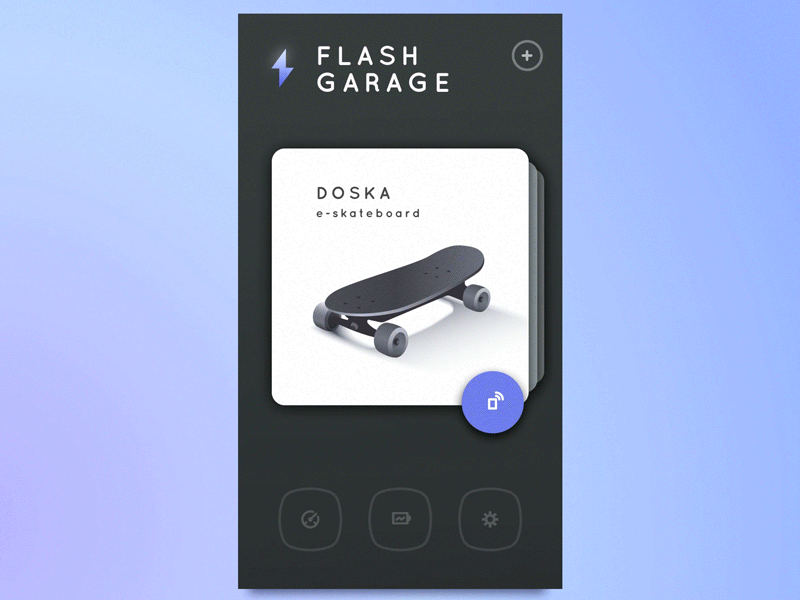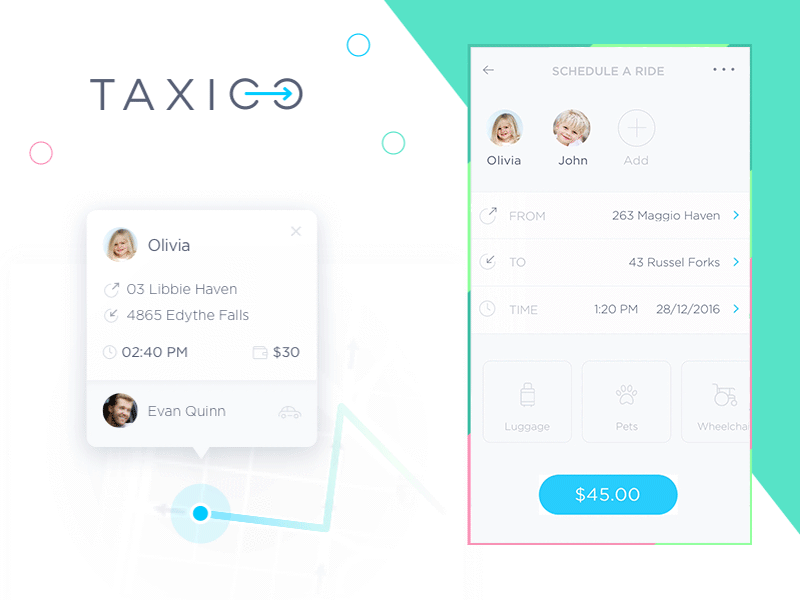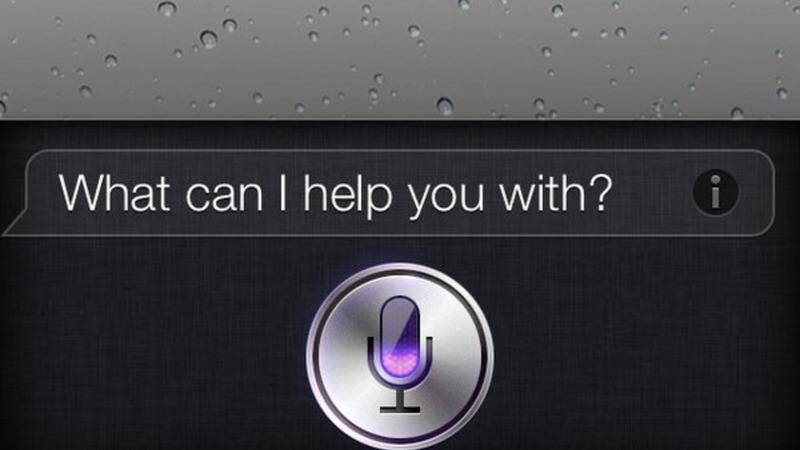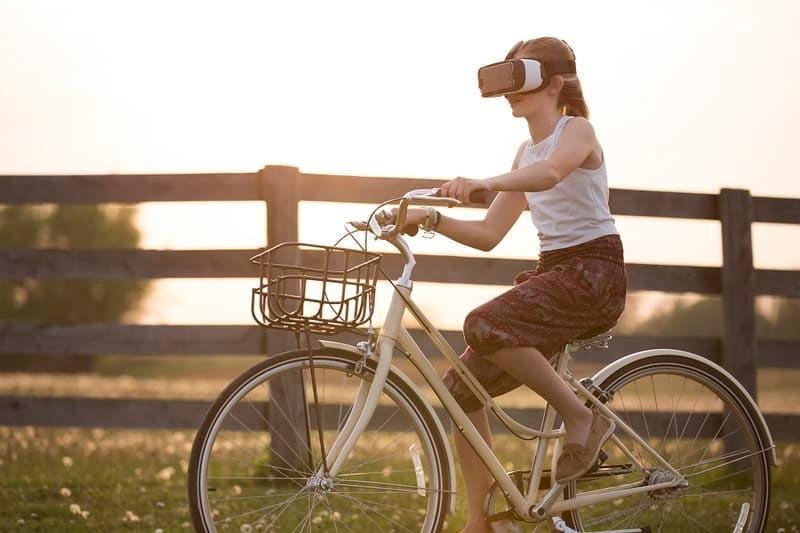Mobile design goes beyond simply looking stylish and engaging users with bright colors and fun illustrations. User-oriented and innovative features play an equally important role. To make sure your app design stays relevant in terms of both style and user experience, it's important to stay up-to-date on current app design trends and use best practices.
Meanwhile, the introduction of conversational interfaces and personal assistants of different kinds doesn’t mean we’re ready to abandon more customary user interface patterns.
In this article, we’ll try to analyze what mobile app design trends that buzzword the beginning of 2024 will - hopefully - live up to the end of the year and will actually mean something for product design and human-computer interaction in general.
Here’s what we see as the most interesting mobile design trends for the year 2024.
More material design applications including:
- Experimenting with material trends such as card interfaces
- Meaningful transitions
Detours from material design principles like:
- Less flat-ish feel
- More color diversity
- Icons going back to thin outline
Experimenting with UI patterns:
- Alternative UI patterns instead of hamburger-like menus
- Exploration of various prototyping tools
- Mobile-first orientation of web apps
Adapting mobile design to new means of interactions such as:
- Сonversational interfaces
- AR and VR
Let's look at the main trends of mobile applications for iOS and Android in 2024 - forewarned means armed.
For instance, use AR to create functional user interfaces that allow customers to try out furniture, for example, before buying it. Or imagine that your mobile app allows users to try on clothes to see how they will look before buying - augmented reality can be the perfect tool to make the shopping process even more interactive.
1. More material design and a step off from flat
Google’s material design had made it from a hot trend in 2015 to an app industry standard in 2016. As for now, however, the material design principles are not considered as some kind of dogmas by UI/UX designers. Material 3 marks the latest release of Google's open-source design system. You can utilize Material 3 to design and develop products that are visually appealing and user-friendly. In 2023 these principles work rather as road signs to show the general direction user flow and layouts should take to deliver the best user experience.
For example, card-based UI turned out to be an ideal way to deliver information and content in mobile apps. Card-based interfaces help organize large amounts of different content easily, just splitting it into accessible chunks. The different kinds of card layouts had been constantly in the highlight throughout 2020 and 2022, and don’t seem to be going anywhere in 2024.

Time tracker app concept using the purely card-based interface.
Another tendency is fusing more complex graphic elements and effects into simplistic flat-inspired material design. No, skeuomorphism isn’t back (not yet, at least), but some of its distinctive elements, like shadows or translucent elements, are enjoying more attention from UI designers.
2. Brutalism
Brutalism is one of the latest trends in application design. This style is guaranteed to add expressiveness to your design. Brutalist UI design features include a black-and-white color palette, bold typography, and heavy use of photography inspired by the architectural style of the 1950s.
Brutal design can be less "clean" compared to other styles: fonts are often a bit hard to read, elements and typography can appear tightly spaced and are characterized by sharp edges. Therefore, not every project can use brutalism, and you should make sure that your audience understands and appreciates this refined approach. If your target audience is young people, and your project is focused on art and creativity, why not?

Gadget battery management app concept uses black as a theme color which contrasts with functional UI elements.
Meanwhile, more calm, minimalistic color palettes aren’t going anywhere, either. Altogether, this means we’ll see a much wider range of visual solutions this year.

Taxico app concept features a calm color palette.
3. Animation
Animation remains a trend in program design, attracting the attention of users for its interest and effectiveness. From micro-interactions to full-scale illustrations, witty animations always add a fun layer to the user interface.
Let Agilie create not only fun but an effective UI/UX design for you! Tell us about your project, and we'll take care of all the details.
The possibilities are endless when it comes to animation styles and approaches. You can experiment with typography, add custom artwork to input screens, or simplify app navigation. Pay attention to the 3D design trend: claymorphism, which combines the physicality of clay with the interactivity of modern interfaces, is becoming one of the most popular trends in 2023. This style gives a sense of playfulness and nostalgia, and also promotes a more active interaction with the user.
With the introduction of 5G, designers no longer need to worry about slow internet, opening up opportunities to implement more complex ideas in the field of animation in 2023.
4. Microinteractions
Microinteractions have become not just a trend in the design of UX applications, but already a mandatory practice for any digital design. These small interactions, such as button animations or sound notifications, make the user experience more natural and interactive. They add fun and individuality to the interface, giving it a unique character.
Microinteractions can include various elements such as movement, animation, sound effects, or even haptic feedback. In particular, they use visual cues that are clear and intuitive to provide feedback between the user and the interface. This helps bridge the gap between physical and digital perception and provides a responsive experience for users.
Microinteractions are small but important UX elements that make an app easier to navigate and more user-friendly. They also add to the overall mood of the app and contribute to branding through small animated details. At the same time, it is important not to overload the user with too many microinteractions to avoid overload.

Animated icons for Tomplay, an interactive sheet music app.
5. Alternative UI patterns
Today, many designers see the hamburger menu - the menu we all are so accustomed to - to be a controversial UI pattern, which has its pros and cons. It surely helps to structure in-app navigation, considering the small amount of space mobile devices provide. But it also appears that not all users even realize those three horizontal lines are a significant navigation element, and using the hamburger-like hidden drawers can seriously reduce user engagement.
Now, designers try out various alternatives to the hamburger menus like using more contextual and intuitive hidden navigation elements, placing navigation in tabs, adding floating action buttons, and experimenting with iOS’s 3D-touch technology, allowing users to peek on hidden menu elements.
Which of these patterns will become the next mobile UI trend is yet to be seen.
6. Interaction experimenting
And here appears the question: how to find the interaction patterns that appeal to users best? Why not try experimenting? The new prototyping tools appear now more often than any time before, and each of them offers some new possibilities to professional UI/UX designers in means of building, presenting, and testing new interactions, user flows, and combinations of interactions.
We at Agilie have tried different prototyping tools including Sketch, ProtoPie, Adobe XD and others, and we keep experimenting and building concepts in order to the most simple and user-friendly product design solutions.
7. Conversational interfaces
Personal assistants and chatbots were indeed the technology trends of which everyone spoke throughout 2022. Now, it’s time to figure out the best way to connect people with data-driven algorithms by creating capable conversational interfaces, whose usability and functionalities extend far beyond the abilities that regular personal assistants have now.
Imagine the “assistant-as-app”, an interface messenger-like that can accomplish sophisticated tasks through a natural dialogue with you. And this is only one example of what UI/UX designers can do by employing machine learning and natural language processing (NLP) technologies to build the most convenient human-computer interactions.

8. Anticipatory design
Chatbots are not the only way to effectively use data-driven algorithms for providing better services and products. As Hick’s law suggests, the wider the choice lies before the user, the more time and effort it would require for them to make a choice. Too many choices lead to decision fatigue, and in the case of user experience design, it may be fatal: people just won’t waste their time and effort on making choices. As the solution to this problem, there is the concept sometimes dubbed as anticipatory design.
Anticipatory design implies utilizing user behavior data to predict people’s choices even before they realize they need to make them. The goal of the anticipatory design is to provide apps with more contextual awareness and narrow down user’s choices to one option - the one they need at the exact moment. While this might sound a little dystopian, contextually aware apps can provide much more value to users and make the human-computer interaction as simple as never before.
9. Further exploration of VR and AR
Virtual and augmented reality have been around for a long time, but we can expect these technologies to become even more important and true UX design trends in 2023. You may be asking why? Apple gave us a few pointers on its own VR/AR headset. And as we all know, when Apple creates something new, it instantly becomes a trend.
Augmented reality is one of the most exciting mobile app design trends in 2023 because it doesn't require any additional hardware, but has incredible effects. For example, users can see a virtual catwalk when choosing clothes or evaluate how the furniture looks in their room. And this is not to mention the potential of AR in the gaming industry.
Over 60% of mobile app developers are using virtual reality (VR) in their designs.
As an alternative, it’s pretty possible VR and AR might fit their own niche, just like did wearables - another long-standing inhabitant of various trend lists.

10. More responsive websites
Finally, web browsing has become an integral part of any mobile device user’s life.
Google's move to mobile-first indexing is revolutionizing the rules in the SEO world. This means that Google prefers mobile versions of websites when determining search engine rankings. This change is logical, given that a significant part of Internet traffic is now generated from mobile devices. If your website isn't mobile-optimized, it may not rank well in search results, potentially resulting in less regular traffic.
In order to maintain and improve your website's search engine visibility, it is extremely important to have a responsive design that provides an effective look and functionality on mobile devices. A mobile-friendly website will help you stay competitive in search engine rankings.
And as the market goes mobile-first, designers must answer to this by building responsive websites that work, look, and feel consistent on mobile screens just as they are on desktops.
Year after year, the direction which mobile design trends take doesn’t change drastically, but the trends themselves grow in detail and adjust to people’s and the market’s current needs and technological trends. Which trends from our today’s top we’ll see in the best app design 2024? Only time will show.